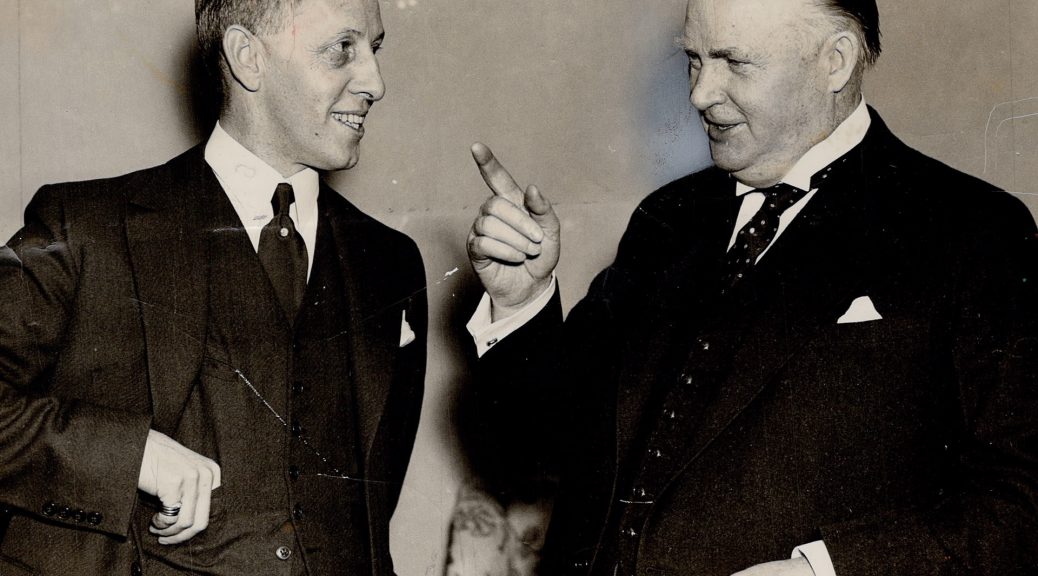As with all political fates, a fair degree of success can only be counted on through luck. If this is the case, R.B. Bennett was the most unfortunate prime minister in Canadian history and one of the most negatively portrayed by historians. By evaluating various historical perspectives on R.B. Bennett and his administration’s treatment of Western Canada during the Great Depression, this essay will accomplish four objectives. First, it will outline various divergent histories of Bennett’s personality and his perceived ineptitude in public life. Second, it will discuss the plight of the West and examine their relationship to Bennett’s administrative responses. Third, this essay will demonstrate the failures of Bennett from the perspective of many historians and discuss why Bennett is possibly the worst prime minister in Canadian history. Finally, it will conclude that Bennett is misrepresented historically and is more a sacrificial lamb than an inept failure in Canadian political history.
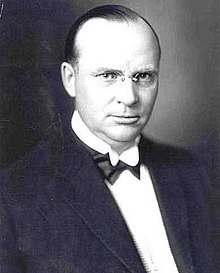
Of Canada’s Western prime ministers, none have received a more pejorative historical telling than Richard Bedford Bennett, the Conservative Member of Parliament from Calgary, Alberta. On his development in historical sketches, the general consensus describes R.B. Bennett as being born in 1870, the child of a resolute and passionate Methodist New Brunswick mother. Historians emphasize that he was fatherless in his youth, developing a strong work ethic due to his Methodist upbringing, which would later shape his political destiny. Historian P.B. Waite highlights Bennett’s career as a teacher who, through the mentorship of Max Aitken (Lord Beaverbrook), became a millionaire lawyer and a representative of Calgary in both the North-West Territorial legislature and provincial legislature of Alberta. Consequently, R.B. Bennett “thought of himself as Calgarian. It was his home; it was where he had made his way in the world” (Waite, 54). Some historians tend not to labour over this fact, probably because of subsequent conflict between Bennett and the West, but it can be argued that his perspective on politics was initially guided by his experiences in Western Canadian culture.
Another interesting pattern of historiography is the description of Bennett’s personality which is often less than complementary. His faulting political ambition receives criticism often directed on his lack of personality and business-like mantra. In numerous sources, including P.B. Waite’s Three Sketches of the Personal Life and Ideas of R.B. Bennett 1870-1947, Bennett is described as an egotistical, selfish, shy and lonely bachelor incapable of compassion, who was capable of violent rudeness when called upon. These historians are merely exaggerating a point to demonize his political performance given their hindsight into the depression years. Desmond Morton’s description is more moderate stating that Bennett “was a big, plump man with a booming voice, a domineering manner, and a capacity for generosity that he kept utterly secret” (Morton, 212). Clearly, Bennett was not the most personable of politicians. Even a biased conservative biography by Andrew D. Maclean states that “unlike most great men, Mr. Bennett [was] quick to find the weak points in character or ability and permits that knowledge to override any other qualification a man may have” (Maclean, 104). Fortunately for Bennett, in electoral politics, these attributes were not as pressing as oratorical skill and hence he could succeed based on his provocative speeches. Despite the consistent character assassinations of Bennett, as stated previously, historians are more likely skewed by their perspective on Bennett’s leadership of Canada, in relation to the West, to which this essay will now turn.
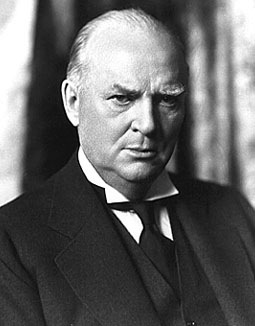
The Great Depression of the 1930s transformed unemployment into the single most challenging threat to laissez faire capitalism. Canada has a seasonal agrarian economy and with the onset of winter, farming activity ground to a halt not to resume until after a long circle of bitter winter months. According to Struthers, “until the development of the Canadian West as a major wheat-producing region between 1896 and 1930, few economic links existed to bind the diverse regions of Canada together” (Struthers, 5). The Canadian West was so vast that standards of livings had varied widely between it and other Canadians regions. Throughout the 1920s, the urbanization process continued across Canada while in the West, farming expansion also continued unabated. The Palliser Triangle represented potential prosperity for impoverished European families. Despite the economic imperialism of the east and several minor depressions, their desire for self-sustaining autonomy could be realized.
Some historians conclude that because of the unique spatial dimensions of this agricultural landscape, the Great Depression hit Western Canada hardest. Caught in unprecedented catastrophe, two events culminated in the crippling of that Western prosperity. One was the global phenomenon triggered by the stock market crash of October 1929. The result locally was that the price of wheat fell 40 per cent, where as the price index for flour which fell only 20 percent (Varty Lecture: March 1st). This disproportionate transfer of the farmers’ relative wealth to eastern millers exacerbated the plight of Western Canada and aided the rise of socialist ideals. The second event was that a ‘Dust Bowl’ had replaced the euphoria and optimism in the West. Environmental drought caused by change in wind interactions between the Gulf of Mexico and Pacific streams, and imprudent cultivation practices, localized in Western Canada, meant that the soil could literally blow away (Varty Lecture: March 1st). Conclusively, of the spatial contingencies in Canada “the plight of farmer in western Canada was rather worse. Canada’s backbone, the prairies, was broken, not by the depression alone, but by depression and drought” (Watkins, 181).
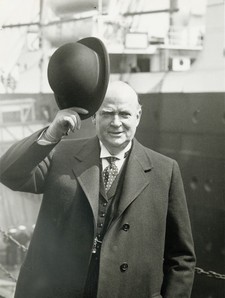
Enter the Western political leader R.B. Bennett with whom historians diverge in their discussion of the degree of his success or failure after rising to the post of Prime Minister. Some historians, like Morton, are quick to defend him given the historical context. However, others like Struthers argue Bennett could have avoided some of the errors of his administration. To begin, with the 1930 election, unemployment proved to be decisive in the election campaign. On the campaign trail, historians Struthers and Morton assert the notion that Mackenzie King felt “quite removed form the economic calamity that was beginning to preoccupy Canadians” (Morton, 211) while R.B. Bennett’s campaign “was seeking to make unemployment the issue” (Struthers, 45). Ultimately, most of the unemployment was confined to the drought stricken western provinces as a result of a poor wheat crop and so King’s electoral strategy was to deflect responsibility onto western provincial jurisdiction under section 92 of the BNA Act. Like many business-owners, Matthew Elliott, my great grandfather, a pharmacist in Milestone, Saskatchewan voted for the pro-business candidate of Bennett’s party. Promising action, Bennett emerged victorious with an enthusiasm that would quickly fade given the deepening drought and poverty of his local constituency and the global economic collapse from which a small helpless nation could neither avoid nor rebound from alone. The general consensus between historians is that, with historical hindsight, it was fortunate for the Liberals to have lost given the impending disaster of the 1930s.
R.B. Bennett’s new mandate as the government hinged on his solution to the unemployment crisis which was looming over Canada. Unfortunately, the western drought proved to be a serious liability for Bennett’s prosperity plan and his pro-business, anti-interventionist inclinations provided little relief to the millions of unemployed who were become increasingly desperate and agitated. According to Struthers, “the Tory leader was convinced that the present depression was a passing, mostly seasonal phenomenon” (Struthers, 48). He was patently wrong. To be fair, it was implicit, in the historical assertions of Thompson and Seager in Canada 1922-1939: Decades of Discord, that the political culture of the time did not believe the crisis would last for much longer. This position is expanded by Dough Owram, who points of that “the world was forced to operate in ruthless competition which creates maldistribution of wealth and ‘gives rise to the violent fluctuations in the purchasing power of consumers” (Owram, 219). Bennett, therefore, acted on short-term policy implementation rather than a long-term initiative that may not have produced anything profoundly helpful. As a consequence, R.B. Bennett “who was [posturing] a radical change in government policy to ensure prosperity” (Berton, 47) merely implemented minor relief plans that did not engage the federal government heavily in provincial jurisdiction. Bennett established the 1930 Relief Act, which relied on municipal and provincial funding for implementation at 50 percent and 25 percent respectively. Unfortunately, “Bennett had no way of ensuring that the money was fairly and wisely spent” (Struthers, 50) and there was a general lack of finances on those levels of government. In addition, Richard Wilbur’s analysis of the Bennett administration argues that unemployment was unequally distributed between municipalities adding to the failure of the Act. Struthers aptly points this out as an early debacle in the administration’s plan.
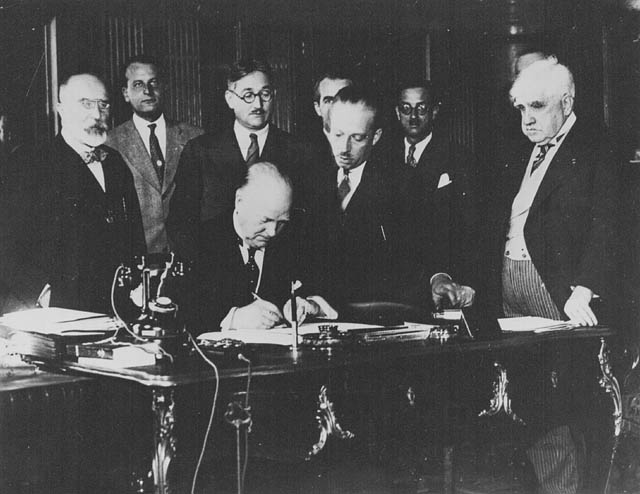
By 1931, Bennett governed under the Statute of Westminster but such monumental achievements are overshadowed by the economic situation, which was still gradually deteriorating along with similar democracies but more significantly due to the devastation of the prairie wheat crisis shared only by the American west (Wilbur, 7). With the wheat economy bust, 54 per cent of the nation’s population worked in towns and cities, and urban issues like old-age pensions were the most pressing issues of the day (Struthers, 47). Desperation was apparent as my grandmother recalls ‘hobo train-hoppers’ begging her father for food on several occasions in the summer months. According to Struthers, transients provided the battleground for the crisis. Bennett strongly believed that the urbanization of transients was a pejorative movement and was characterized as having “lived in terror that peace, order, and government would be disrupted by a Soviet-style revolution” (Berton, 141). His fear of transients and the idea of single men in bustling civic communities was counter-intuitive to his conservative values, threatened a Communist-revolt striking at the heart to his religious adherence to simple purity of rural life. Bennett believed that the people should be forced ‘back to the land’ (Struthers, 92). He rejected state intervention as long as feasibly possible.
After the collapse of Bennett’s unemployment relief effort in the spring of 1932, he commissioned the infamous social worker Charlotte Whitton to write a two-hundred-page report on the Western crisis that was the expanding liability on his government. Several historians including Berton and Struthers point to her as a figure of western betrayal for what appears to be self-aggrandizement of the profession of social workers. Well documented by Struthers, Seager and Berton, as the direction of the Canadian Council on Child Welfare, Whitton was “eager to discredit relief administrators” (Seager, 253) and replace them with qualified social workers. The most astonishing revelation, however, was Whitton’s argument that almost “40 percent of those then receiving relief in the West did not really see it…” adding that “…the plight of the people was pitiful but it was ‘not one deriving from the present emergency’ and therefore should not be supported by federal relief” (Struthers, 77). The 100,000 transients in the west, she warned Bennett, were “getting out of hand” (Berton, 136) and called for more social workers like her for the relief effort. This only served to confirm, in Bennett’s conservative mind, that the distinction between lazy and desperate unemployed was distorted and that there was widespread abuse in the relief system, as according to Struthers.
In January 1933, Bennett added to his administrative blunders when the provincial leaders asked that the federal government be entirely financially responsible for direct relief. Bennett’s response failed to mitigate deep resentment from western premiers, like Pattulo of BC and Gardiner of Saskatchewan, when he attacked them for fiscal ‘extravagance’ and suggested that “the Prairie Provinces give up old age pensions, telephones, and electrical service to ‘maintain the financial integrity of the nation’” (Seager, 254). The fiscal concerns of Bennett were calling for the burdensome western provinces to deliver balanced budgets. Ultimately, Bennett had to pick up the slack of their supposed incompetence and yet this is not apparent in Seager’s view. Having ignored the finer points of Whitton’s solution, Bennett established a direct relief method for the transients beyond the creation of paved roads that characterized his previous Relief Acts.
Curiously among the historical perspectives, Bennett’s achievement such as the beginning of the St. Lawrence Seaway project, the establishment of the CBC and Bank of Canada go underemphasized in most accounts. In the place of the significance of those accomplishements is Army General Andrew McNaughton’s proposed scheme called PC 2248. “By taking the men out of the conditions of misery in the cities and giving them a reasonable standard of living and comfort,” McNaughton explained persuasively, “…the government would be ‘removing the active elements on which ‘Red’ agitator could play’ (Seager, 268). With the plan underway, the RCMP began removing transients from the trains in Western Canada and relocating them in work camps outside of urban centres. According to Struthers, “the Department of National Defence (DND) relief camps represent one of the most tragic and puzzling episodes of the Depression in Canada” (Struthers, 95) and would be Bennett’s greatest plunder.
By 1935, there were more than two hundred camps in the system serving mostly Western Canada. Regardless of the historian’s political leanings, their description and analysis of these camps is resoundingly negative. According to Wilbury’s account, those on relief were “inmates of the government labor camps” (Wilbury, 17) casting a grim light on Bennett’s failed solution which may have exacerbated the problem. Unfortunately for Bennett, the military styled DND camps would be referred to as ‘slave camps’ that “symbolized everything wrong with Bennett’s approach to the depression and eventually provoked the most violent episode of the decade” (Struthers, 96). Struthers is referring to the scathing actions of Bennett in regard to the Regina Riot.
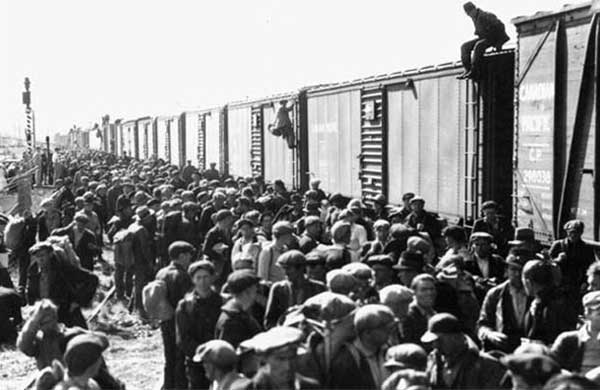
The On-to-Ottawa Trek was a protest from BC headed to Ottawa and had been “violently broken up two thousand miles from its goal” (Seager, 272). 120 people were arrested at the July 1st, 1935 Regina Riot which ended a police officer’s life. Pierre Berton asserts that Bennett instructed the RCMP in Saskatchewan in order to hold the protests in Regina pursuant of Section 98 of the Criminal Code (Berton, 323). According to Berton, Bennett’s fear of violent revolution provoked violent acts as “Colonel Wood was under repeated pressure from Ottawa to arrest the leadership of the trek” (Berton, 326). Other than the Winnipeg General Strike of 1919, the Regina Riot of July 1, 1935, is probably one of the larger civil disturbances in Canada history. Highly critical of Bennett’s ineffectual leadership, Struthers adds that the riot was a “fitting conclusion to Bennett’s five years in office for it symbolized the failure of the unemployment polices pursued by his administration” (Struthers, 136).
With the unavoidable crisis in Western Canada, the defection of H.H. Stevens in 1934, the formation of the Reconstruction Party and the sardonic emergence of ‘Bennett Buggies’, Bennett’s credibility began to wear thin. It did not help that Bennett was a millionaire businessman of the most bourgeois ‘breeding’. In addition, Bennett’s altercations with the newspapers “fueled the image of an unkind bitter man” (Berton, 101) and the Tim Buck fiasco over a Communist member convicted under Section 98 of the Criminal Code would be overturned later leaving Buck a hero and Bennett’s administration a villain beyond repute. Ultimately, he could not solve the problems of the depression but would make one last attempt at redemption in 1935.
The last stand for Bennett was the CBC public radio announcements in early 1935 which attempted to serve the purpose of bringing hope to the people. There is strong criticism that it took far too long in the term for Bennett to make his ‘New Deal’. With the hindsight of historians, such criticism is to be expected, however, one must take into account that the welfare state was something alien to Bennett’s time. For Wilbury, Bennett’s New Deal was an imitation of the original Roosevelt response to the depression. Struthers concurs looking to England stating that “in sum, Bennett’s bill was a cautious, conservative document which closely resembled the original British legislations” (Struthers, 124). Overall, Bennett’s radio announcements were skeptically received by some historians. Both Roosevelt and Bennett pledged for interventionist policies in order to save capitalism in North America (Seager, 263). For Bennett is was too little too late. King played the strategy of supporting the ‘New Deal’ based on the merits of the proposal instead of allowing Bennett to use the bill as an election promised that squandered by Liberal opportunism. Bennett was put out of action over illness. In comparing King and Bennett, historian Pierre Berton points out that the “two were miles apart in personality and political savvy” (343, Berton). For Berton, King was a politician; Bennett was not. King made no promises during the election campaign and won. The Regina Riot and the ‘slave camps’ contributed to his undoing. Other successes like providing for an eight-hour day, a six-day work week, and a federal minimum wage (Seager, 264) are hardly observed in historical recollections or are deeply undervalued as achievements of Bennett.
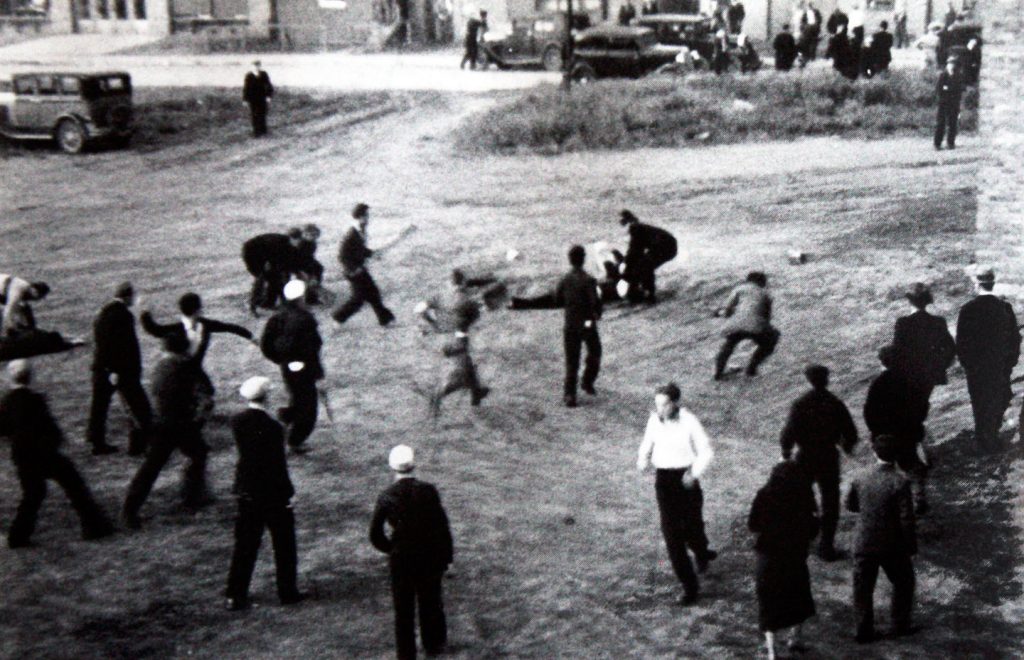
The result of Bennett’s failure was that the Western electorate gave up ordinary political parties for the CCF and Social Credit. New leaders gained support by promising to help struggling constituents and to stand up to Ottawa. Unable to overcome the Depression, Bennett lost the 1935 election to his Liberal opponent, Mackenzie King. His larger failings were in the dealing of specifics in the Great Depression, particularly federal-provincial relations with the four western provinces, the DND camps and the Regina Riot. The massive majority gained by King is more telling of the single member district electoral system than Bennett’s failures. How much of the depression is truly Bennett’s fault is impossible to gage and historians seem to debate over the depth of his ineptitude rather than the successes he achieved. The 1935 election sealed Bennett’s fate as a failed leader, but this is only one side of a complex diverging understanding of Bennett and his accomplishments under the most dire of circumstances. While various writers describe to a degree the details of R.B. Bennett’s political strategy during the depression, they vary on the emphasis of his success or failure.
At once a man of decidedly ill repute and a statesman often-misunderstood, R.B. Bennett did the best he knew how. Bennett receives a negative historical analysis because Canadian historians have changed their social perspective of how Canada should be. Unfortunately, Bennett’s philosophies were the antithesis of the welfare state; few can argue that Bennett was successful in his laissez faire policies. Hypothetically, if Bennett had been reelected, a counter-factual analysis would reveal that the political capital economic upturn caused by World War II would have over shadowed his perceived ineptitude during the depression. King and the Liberal Party were the beneficiaries of Bennett’s failure. In this way, Bennett was Canadian history’s most sacrificial prime minister.
Work Cited
Berton, Pierre. The Great Depression 1929-1939. Toronto: McClelland and Steward Inc,
1990.
Morton, Desmond. A Short History of Canada: Fifth Edition. Toronto: McClelland &
Stewart Ltd, 2001.
Orwam, Doug. The Government Generation: Canadian Intellectuals and the State: 1990-
1945. Toronto: University of Toronto, 1986.
Seager, Allan and Thompson, Herd John. Canada 1922-1939: Decades of Discord, the
Canadian Centenary Series. Toronto: McClelland & Steward Ltd, 1985.
Struthers, James. No Fault of Their Own: Unemployment and Canadian Welfare State:
1914-1941. Toronto: University of Toronto Press, 1983.
Maclean, D. Andrew. R.B. Bennett: The Prime Minister of Canada. Toronto: Excelsior
Publishing Company, Ltd, 1934.
Waite, P.B. The Loner: Three Sketched of the Personal Life and Ideas of R.B. Bennett
1870-1947. Toronto: University of Toronto Press, 1992.
Watkins, Ernest. R.B. Bennett: A Biography. London: Secker & Warburg, 1963.
Wilbur, Richard. The Bennett Administration: 1930-1935. Ottawa: The Canadian Historical Association Booklets, No. 24, 1969.
Wikipedia, Canadian Federal Election, 1935.

